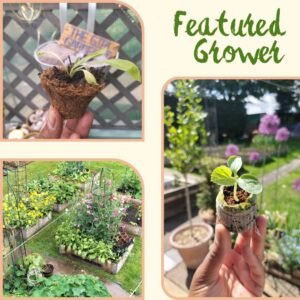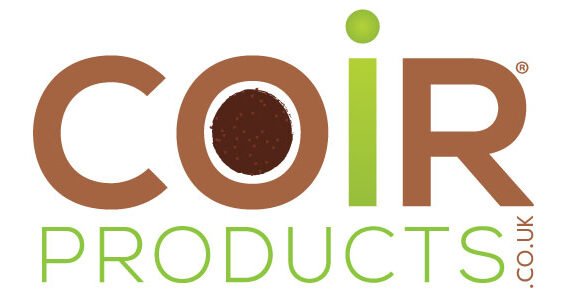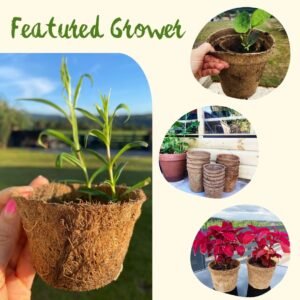You can use bird tables and feeders to put the food in, bird tables might be better for seed as it stops it from falling out all over the ground. However, if you find that lots of squirrels and bigger birds like pigeons and crows are coming to your garden, it would be best to use bird feeders. It’s best to replenish the food every couple of days – if you find old food on the ground, it’s best to clean it up so it doesn’t begin to rot.
If you want to go the extra mile, get a bird bath for them, or make one yourself out of old plant saucers. Just make sure to keep the water fresh and get rid of any ice during winter.
Maintaining Habitats
We say maintaining rather than creating because it’s very likely that you already have lots of animal habitats within your garden. Beds filled with flowers will be bustling with bees and butterflies in the search for rich nectar. Hedges, shrubs, and bushes offer homes and cover for ground-nesting birds and small mammals, like hedgehogs. Ponds and water features can attract a whole range of animal species; amphibians such as frogs, toads, and newts love ponds with lots of oxygenating plants and vegetation surrounding it to provide cover.
If you feel like habitats may be lacking in your garden, there are some simple and easy ways which will allow all sorts of animals to create their homes in your garden. Try to leave a patch of grass to grow long rather than cutting it – this provides great habitats for insects and minibeasts. Hedgehog homes, bat boxes, and bird boxes make great artificial shelters in your garden and offer animals a safe and cosy alternative to their natural homes.
Being Sustainable
As we all know, the UK’s peatlands have been destroyed to a state where it will take hundreds of years for them to revitalise. And not only that, peatlands are home to a number of wildlife, including birds such as hen harriers and red grouse, common lizards, and butterflies like the green hairstreak and the marsh fritillary. Peat extraction destroys the habitats which all these creatures live in, and with the peat ban coming into place in 2024, gardeners must find alternatives. Coir is one of the best peat alternatives, with its biodegradable properties and its ability to hold onto nutrients, it not only is good for your plants and wildlife, but at CoirProducts, all of the coir we use is ethically sourced, so it is a sustainable option.
Sustainability doesn’t stop with growing mediums. Water-butts and barrels save rain water which can be used for plants, rather than filling up from the tap. And recycle wherever you can; plastic pots and saucers can be reused, old objects make excellent garden features and other garden structures.
It’s important to make wildlife feel at home in your garden, because so many of them are important to how your plants thrive, making your garden an open space to all.




